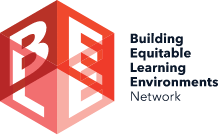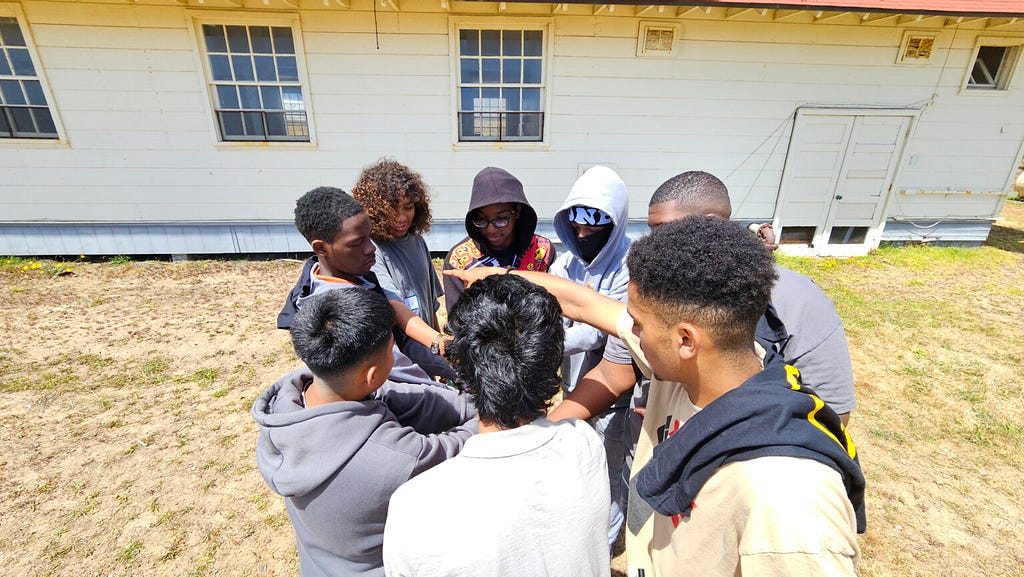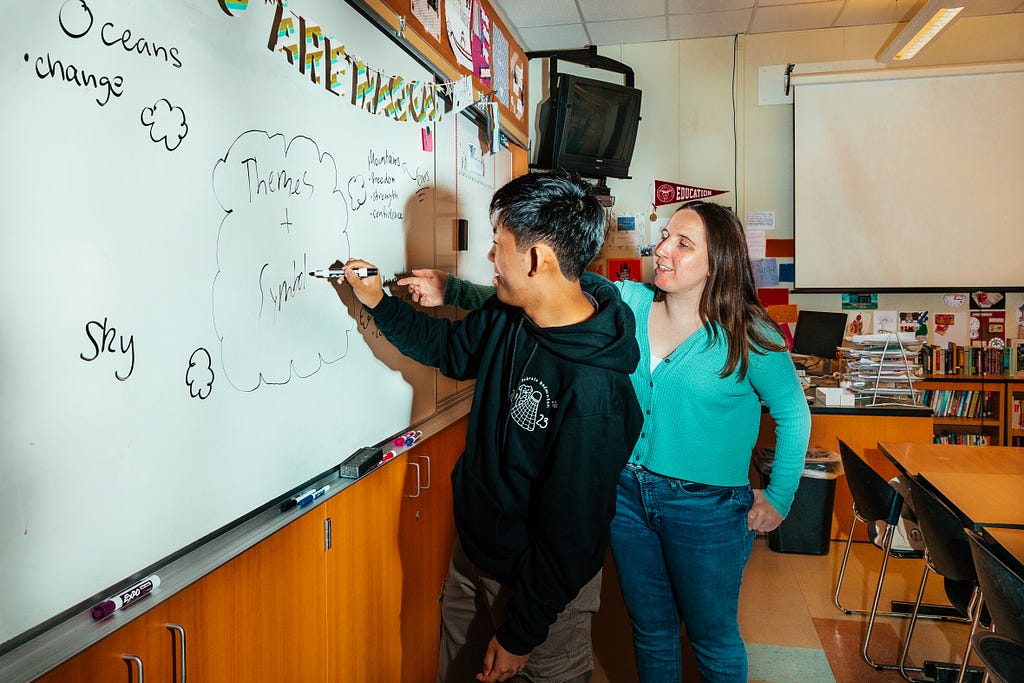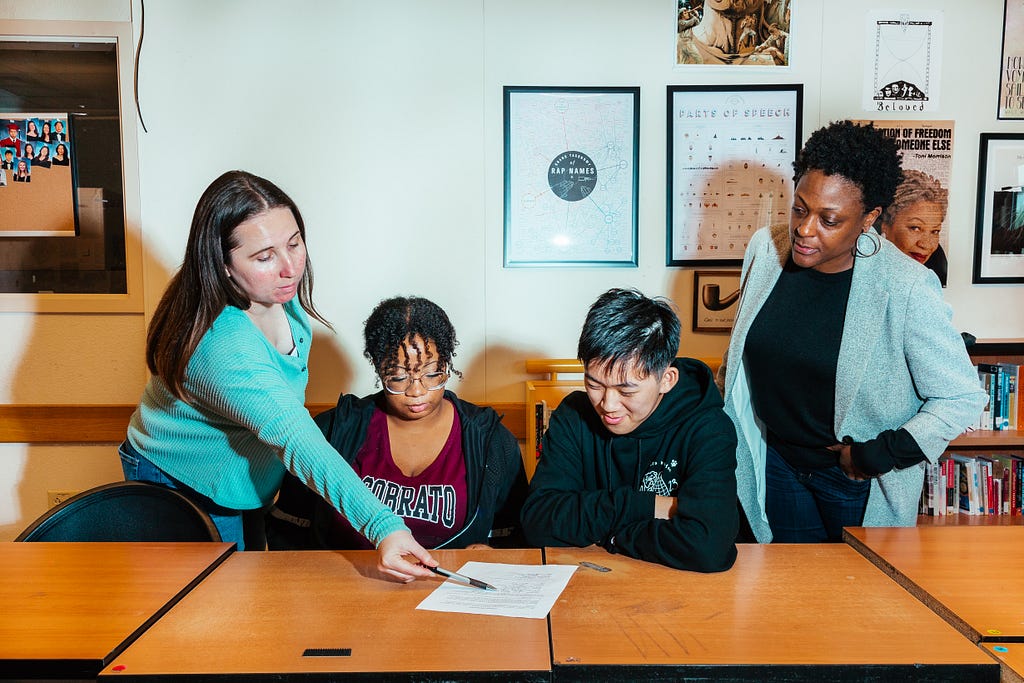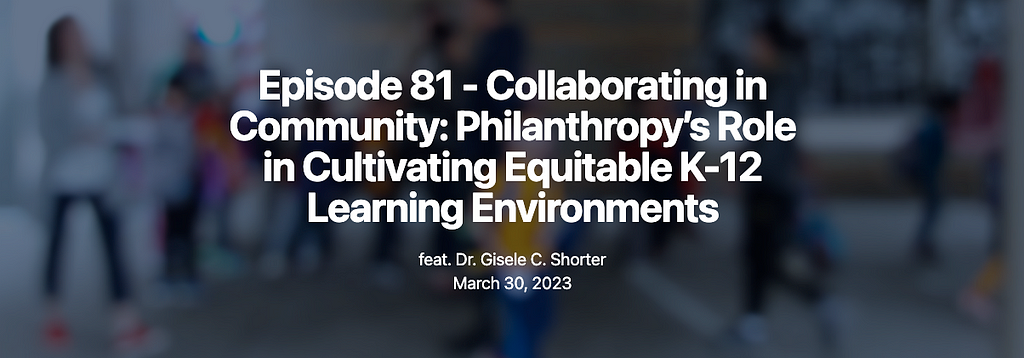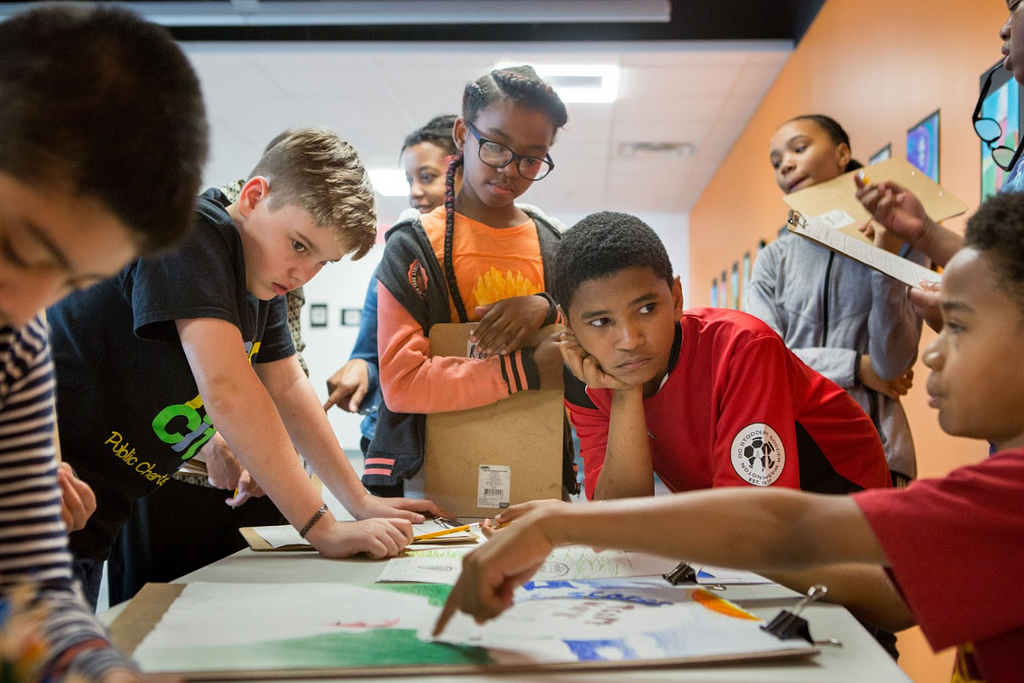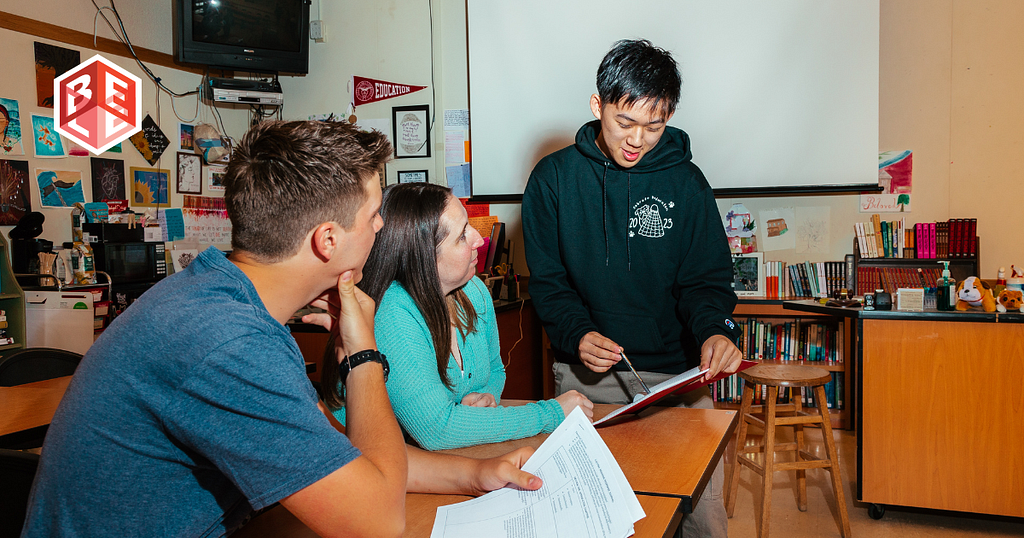
As the BELE Network has grown and evolved over the past six years, our charge has remained the same: creating more equitable learning environments that support all students to succeed and thrive.
While we will not be continuing as a formal network in 2024, we will remain steadfast in that charge in both our individual work and partnerships. Through this time together as the BELE Network, we have built relationships that will sustain and carry on BELE’s vision and learning. Our hope is that more and more schools, school districts, and education support organizations will find innovative ways to apply the latest science of learning and development on behalf of young people everywhere.
We know through research that a student’s daily experience in school — including how they feel and think — is fundamental to not only how much they learn, but also their lifelong well-being and development. By focusing our attention on improving the day-to-day experience of students, we can catalyze meaningful change and set students up to reach their fullest potential.
Here are three key insights from our work to guide us in our journey forward:
- Student experience matters, is measurable, and directly contributes to the academic success and well-being of young people.
- When educators and leaders participate in repeated improvement cycles, they transform how students experience school and improve student outcomes.
- When educators, students, parents, and community members recognize each other as partners and collaborate to change policies and practices, student experience improves.
To help you put these insights into action, we’ve created Centering Student Experience: A Playbook for Improving Student Outcomes By Centering Student Experience. Regardless of role, we each have a part to play in shaping the conditions that impact student learning and improving the experiences of students. This playbook — which is a curated culmination of actionable best practices, tools, and resources created by the BELE Network — can serve as your first step or a guide to going deeper.
We are grateful for your commitment to this work and thankful for your support of the BELE Network. As we reflect back on these last few years, we are incredibly proud of the knowledge we’ve generated in partnership together, the tools we’ve tested and refined with educators and students in schools across the nation, the conversations we’ve had to advance the field forward, and so much more. While this is our final newsletter, we look forward to continuing to support all students to thrive.
With gratitude,
The BELE Learning Partners
